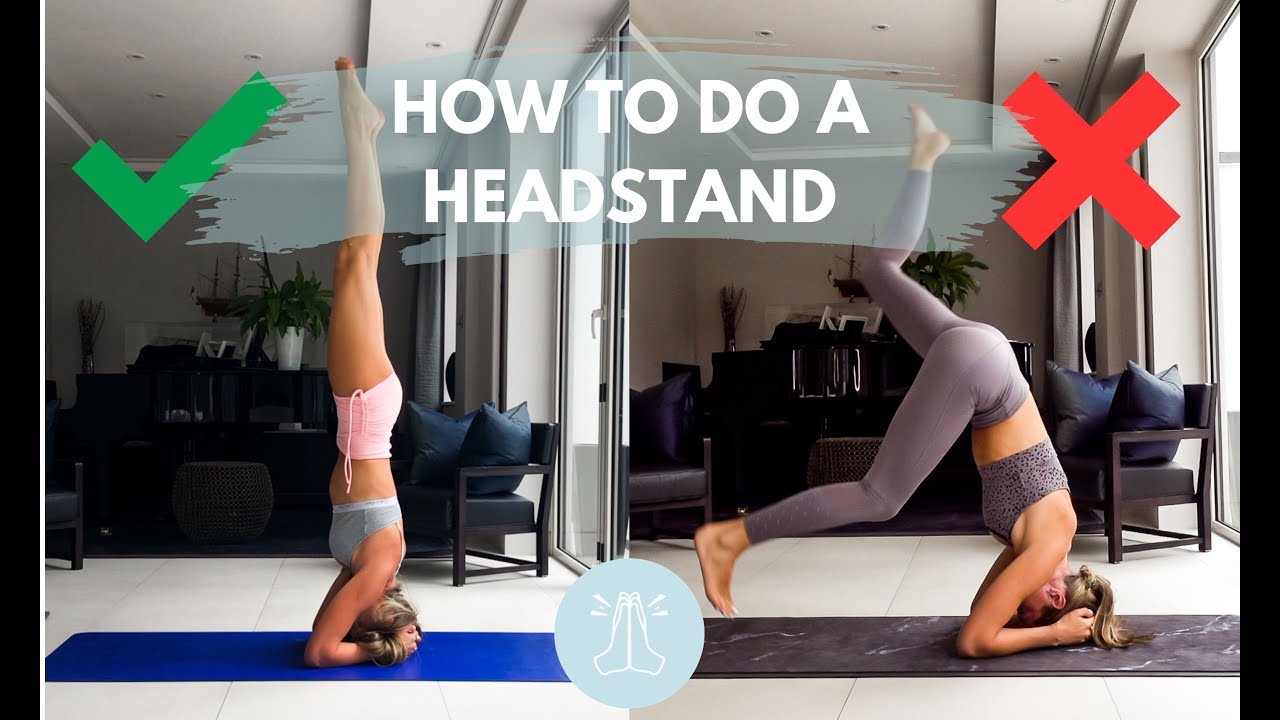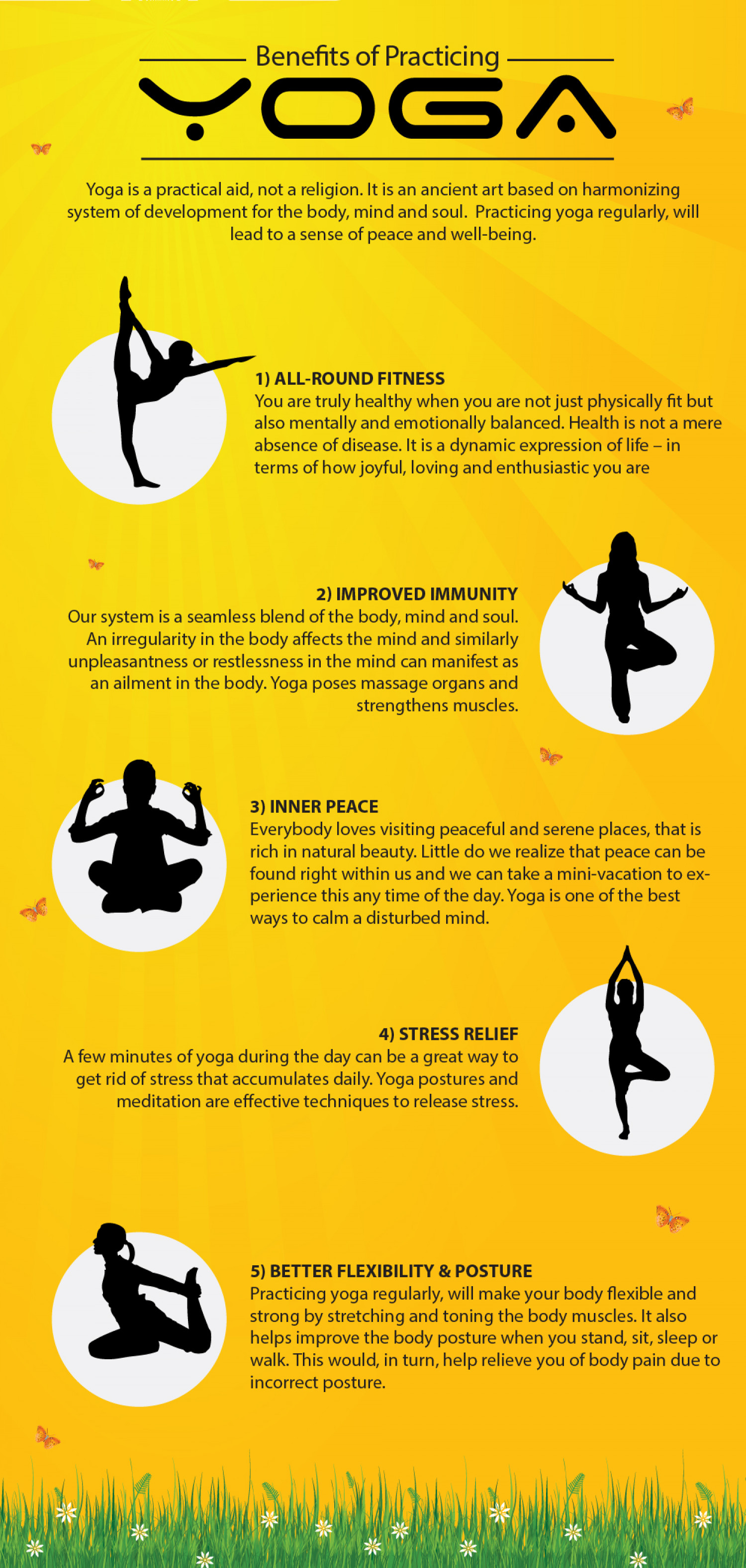
Anxiety is a common ailment, and yoga poses can help people relieve it. These yoga poses are extremely effective at calming anxiety and relieving it. Ralph Waldo Emerson once wrote, "Nothing brings me peace but myself," and these yoga postures for anxiety can help to reach that peaceful state. Here are some of the best. These will calm your mind and body, as well as make you feel better.
The Easy Pose blends diaphragmatic and toe lifting. To reduce anxiety, it is important to focus on the cause. Some of the yoga poses for anxious people also focus on heart openers, such as the Fish Pose. This deep heart opener can help you release negative emotions as well as open up your chest and throat. This will allow you to identify the root of your anxiety.
Warrior II Pose is a challenging pose that requires strength in your core as well as your legs. Anxiety can result from many factors such as the unknown future and stressful work situations. Warrior II Pose is a great way to build strength and confidence in your core. The Upward Salute Pose for anxiety is another good yoga pose. It allows you to stand tall and extend your arms from your crown to your toes.

Bridge Pose, and Corpse Pose, are the two best yoga poses to reduce anxiety. The Corpse position will help you focus on relaxation and meditation, while putting rest and meditation first. The Bridge Pose, while it is inverted, creates more breathing space. Both the Crocodile Pose and Bridge Pose can be used to relieve anxiety. If you find yourself in a situation that causes you to experience anxiety, try these yoga poses for an effective relaxation remedy.
Relaxing in the breath-of-fire pose can help you feel calm. This is a great yoga pose to calm anxiety. It teaches you how to breathe properly. Kundalini Yoga, which focuses on singing and chanting, has this pose. The breath of flame pose is a powerful tool to help you relax and restore your balance. It can also be used to release tension from the body. The warrior pose is one the best yoga poses for anxiety. The warrior pose is for advanced yogis.
Balasana allows you to stretch all of your body. It also helps open the chest and relieve tension in the upper back and shoulders. It is a gentle pose that will help you overcome anxiety and relax. This pose is especially helpful for people who are suffering from headaches. This pose can release anxiety and increase blood circulation. These are the best yoga poses for anxiety.
Supported bridge pose is a resting pose that stretches the neck, spine, and chest. It aids in digestion. This pose is great for anxiety as it helps you to focus on the mind-muscle connection. This pose is one of most used for anxiety. The spine is stretched and the chest is stretched in this pose. The brain will follow if the muscles relax. This can help calm the mind and nervous system.

Another great yoga pose for anxiety is savasana. This is a resting position that involves lying down on your back, with your eyes closed. This pose is extremely relaxing and helps you get rid of any negative thoughts. It helps you sleep better. You will be able to manage your emotions by focusing on your breath and bringing your attention towards your breath. This is one advantage of yoga for anxiety. Don't delay to learn more!
Yoga is an excellent option for anxiety sufferers. Yoga poses can help with anxiety. These poses will help to lower your cortisol. You will feel more calm and relaxed by lowering your cortisol levels. It is possible to get rid of your anxiety completely. This is a great way to start yoga. Here are some examples of poses you can try if you don't know where to start.
FAQ
What is a good gym routine for you?
Regular exercise is key for staying in shape. No matter what kind of exercise you do, as long you do it consistently. Consistency is key. For you to get results, you have to stick with it for a longer period of time.
Start by doing small amounts of daily physical activity (like walking). You can gradually increase the amount of exercise you do until you have 30 minutes each day. This could include running, cycling, swimming, weight training, yoga, or aerobics classes.
Try to get active every day. Don't miss any sessions unless you have an excuse.
You should wear the appropriate clothing and footwear if you are exercising outdoors. You also need to consider the weather conditions and whether they affect your ability to exercise safely.
When you exercise, make sure you are drinking plenty of water. Avoid drinking alcohol during this time because it can cause dehydration. Also, avoid caffeinated drinks such as coffee, tea, and cola. They can provide energy, but they also dehydrate.
When you first start exercising, you might feel tired after completing your workouts. You'll feel more energetic and refreshed if you keep going with your exercise program.
What is a good 7-day workout schedule?
A seven-day exercise plan should include cardiovascular training (running/biking/swimming), strength exercises (using weight machines, free weights) and one flexibility/core program (yoga or Pilates). Each activity must be completed at least once per week. Each session should last no more than 45 minutes.
Cardiovascular Exercise: Running, Biking, Swimming
Aim to do at least 60 minutes per week of cardio. You can aim for 75 minutes a week for best results. Cardio exercise can improve blood flow and stimulate muscle development.
Strength Training
Cardio exercises work on the heart and lungs. Strength training works on the muscles and bones. Strength training can help you burn calories even when you're not working out.
Flexibility and core workouts
Flexibility and core workouts are great ways to strengthen your entire body. Both yoga or Pilates are great options.
How many times per week should I exercise
It depends on what type of exercise and how much time are available. The general rule of thumb is to exercise aerobically 3 - 5 days per week. Don't go overboard. It is crucial to exercise regularly in order to reap the full benefits of your workouts.
Which exercises work best for you?
It all depends on what type of fitness goals you have. Some people choose to focus on endurance activities, such as swimming, cycling, and running. Others enjoy lifting weights or using resistance bands. There are many types of exercise programs today. You can choose the one that best suits you.
Is Cardio Better Than Strength Training?
Both are equally great. But cardio is a much better choice if you want to gain muscles faster.
Cardio burns more calories per hour than strength training, and also burns more fat.
Strength training is a great way to build muscle mass. However, it takes more effort than cardio.
Statistics
- According to the American Academy of Dermatology (AAD), men over 50 are at a heightened risk of developing it. (healthline.com)
- An estimated calorie range for moderately active adult males falls between 2,200 to 2,800 calories per day, depending on age. (eatright.org)
- Candidates and applicants must pass all four tests at 70% (minimum level) to graduate from Basic Deputy U.S. Marshal (BDUSM) Training. (usmarshals.gov)
- By John Thompson Take a whopping 38% off a set of PowerBlock Pros. (menshealth.com)
- Get free shipping and 25% off today. (healthline.com)
External Links
How To
What should I eat before a workout?
To lose weight, you need to eat fewer calories than you burn during exercise. You should also consume all nutrients.
This includes protein, carbohydrates, fats, and vitamins.
You can do this by eating smaller meals throughout your day instead of three large ones.
Working out if you are hungry can cause you to perform poorly.
Water is better than energy drinks that contain sugar and caffeine. This keeps you hydrated and energized.
However, make sure you are consuming enough fluids. Your electrolytes could be diluted if you drink excessive water.
For proper functioning, your body requires electrolytes.
You could also drink sports drinks if water is scarce. They can be rich in minerals like sodium, potassium or calcium.
This helps replenish electrolytes that have been lost. But they won't replace what your body has lost due to sweating.
You can take multivitamin pills if you are concerned about salt loss during exercise.
These supplements contain additional vitamin B6, which can help regulate your body's sodium levels.
You shouldn't depend on supplements if there isn't enough salt in the food or drinks you consume.
They aren't regulated by the Food and Drug Administration (FDA).
Sports drinks, for example, can have higher sodium levels than others.
Some sports drinks may contain artificial sweeteners or other preservatives. These can cause problems with the digestive system.
Sea salt is an option if you don't want to eat too much salt.
It has fewer chemicals than table salt.
Sea salt also lacks iodine. This mineral is important for healthy thyroid function.